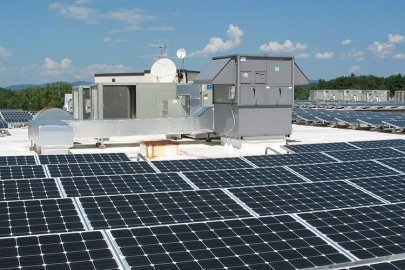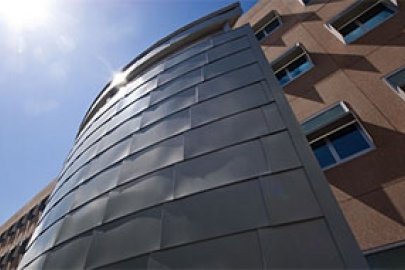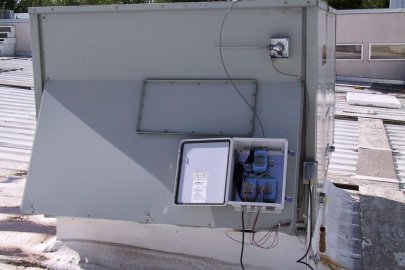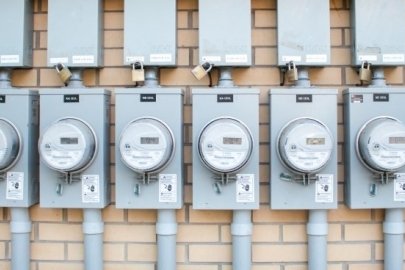Re-tuning Benefits
Re-tuning helps enable:
- Cost-effective facility energy savings (up to 25%)
- Significant cost savings
- Improved building occupant comfort
- An in-house O&M capability that benefits organizations for years.
Re-tuning is a systematic process aimed at minimizing building energy consumption by identifying and correcting operational problems that plague buildings at no-cost or low-cost. Re-tuning relies on building automation system data to identify and implement control improvements at no cost other than the time to program the changes.
These low-cost or no-cost operational improvements ultimately improve the buildings' energy efficiency, reduce operating costs, and improve occupant comfort.
An active energy management program utilizes many practices to reduce energy use. Re-tuning is one practice that has been verified to produce energy savings ranging from 5% to 25% in federal sites. Re-tuning is an effective, low-cost and relatively easy method for reducing building energy use primarily accomplished through the building automation system controls.
The primary steps of re-tuning include:
- Basic building information collection
- Trend-data collection and analysis
- Building walk down
- Identify and implement re-tuning actions
- Report findings and recommended actions and implementations
- Analyze savings
- Continued use of re-tuning in operation and maintenance.
-
 Describes seven attributes to help agencies determine if a building can benefit from re-tuning.
Describes seven attributes to help agencies determine if a building can benefit from re-tuning. -
 Provides selected agencies with a no-cost opportunity to receive re-tuning training and support for a building in their portfolio.
Provides selected agencies with a no-cost opportunity to receive re-tuning training and support for a building in their portfolio. -
 Helps agencies screen and prioritize buildings for re-tuning suitability.
Helps agencies screen and prioritize buildings for re-tuning suitability. -
 Process used to verify that a building performs according to the original design and intent, and meets the needs of the owners and occupants.
Process used to verify that a building performs according to the original design and intent, and meets the needs of the owners and occupants.
Key Resources
Recommended FEMP Courses
Need Assistance?

Need re-tuning guidance? Contact the FEMP re-tuning team.





